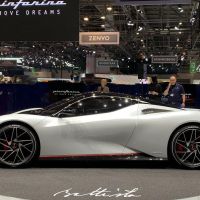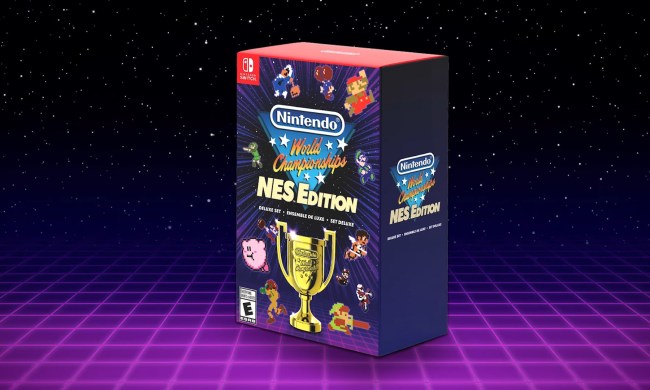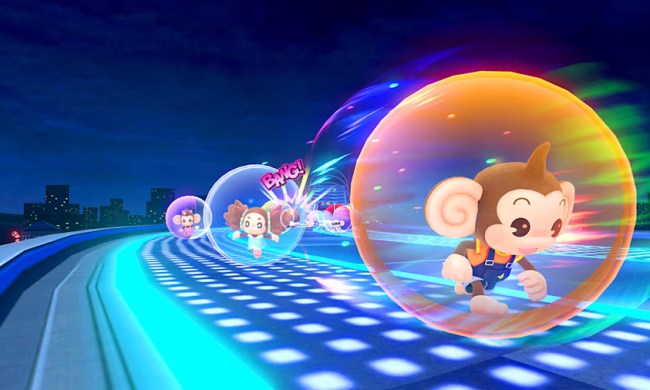With Sora’s addition to Super Smash Bros. Ultimate, Masahiro Sakurai, the creative force behind the game, can finally rest. The work is done, the game is finally finished, there’s no more content coming out for it. So, just as any properly adjusted, societally acceptable Smash fan would do, I have to ask one question: “Well, what about the next Smash game?”
Except, looking at Super Smash Bros. Ultimate, I’m not sure how there can even be another Smash game. Not to get too literal with it, but the franchise’s latest entry might be, without exaggeration, the textbook definition of ultimate for Smash. It’s the one to top all others, the grand finale, the be-all and end-all. At this point, I’m not sure when or if Nintendo can put together a Smash game that matches Super Smash Bros. Ultimate‘s scale.
Too much video game
Simply put, iterating upon Super Smash Bros. Ultimate would be an enormous task. The game, with its 89 characters, 116 stages, and over 1,000 songs, is simply massive, and for a proper sequel, every bit of that content would have to be included. Assuming that a new Smash game would release on Nintendo’s next console, Nintendo’s developers would have to rework textures and animations for every single playable character in the game.
If that weren’t enough, there’s also the issue of how the game actually plays. No two Smash games are the same; each has its own specific mechanics. Melee has wavedashing, Brawl has tripping, and Ultimate has rage. Another Smash game would theoretically include reworks to every single character, as well as an overhaul of most of the game’s mechanics. This is a massive undertaking that seems almost impossible without years upon years of work.
Super Smash Bros. Ultimate‘s size is one of its best features. There’s so much content in the game — so many fighters, stages, items, etc. — that it’s a challenge to run out of things to do. In that way, it’s a perfect party game. However, its size is a double-edged sword. Ultimate, and Smash as a franchise, are weighed down by how much is stuffed into it. Another Smash game won’t be a proper sequel unless it manages to overcome a gargantuan task: Exceeding Ultimate‘s scale. Imagine the reaction if its sequel cut the roster in half rather than took it over 100.

It’s called ‘ultimate’ for a reason
And of course, that’s all before the next hypothetical Smash game would even launch. Before the public would see any of the game, Nintendo would have to figure out how to make it look better, play a different way, and include some additional content. Without any of those traits, fans of the franchise would simply call the game a port and head back to Ultimate. Once the (again, hypothetical) game actually releases, it would go through the same support cycle as Ultimate, with DLC characters being announced and added, creating even more content to stuff into the Smash franchise.
In this way, the Smash Bros. games are sort of an infernal machine, constantly growing themselves and eventually becoming unsustainable for Nintendo. The question isn’t if a Smash game will get too big to properly iterate upon, it’s a matter of when — and I believe we’re already there.
To be perfectly honest, I don’t have a problem with that. Super Smash Bros. Ultimate is perfectly self-titled. It’s the ultimate Smash game, even from my point of view as a die-hard Melee fan. It’s packed with so many characters that anyone playing the game for the first time could easily recognize one and get a favorite, and it’s easy to pick up, but difficult to master. At some point, someone at Nintendo has to ask: “What’s left to improve?” And at this point, I’m not sure if there’s an answer to that.



